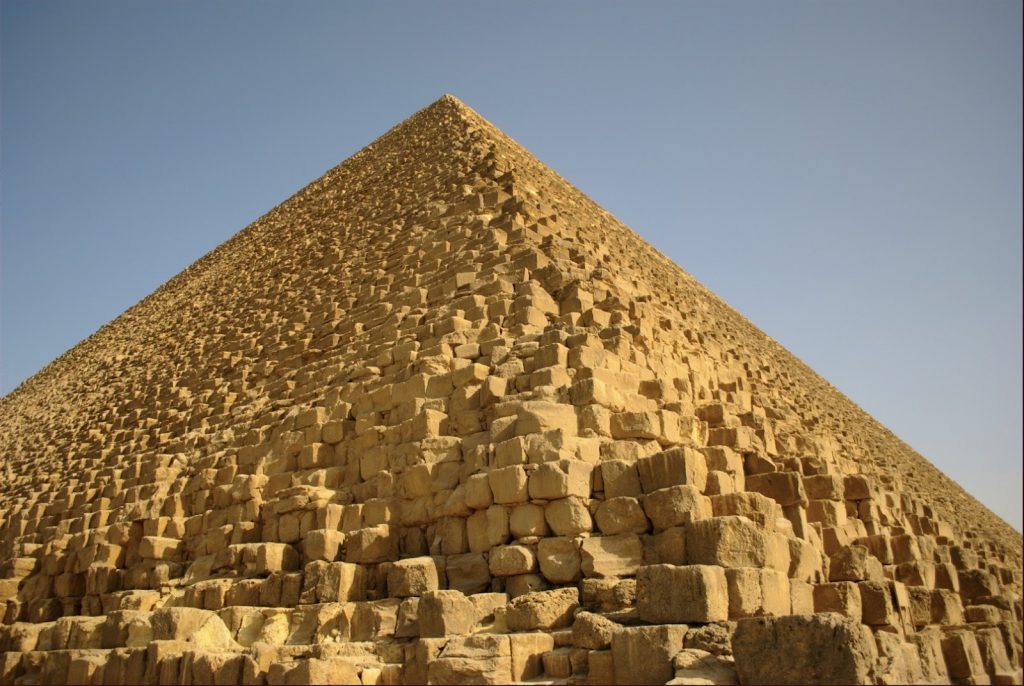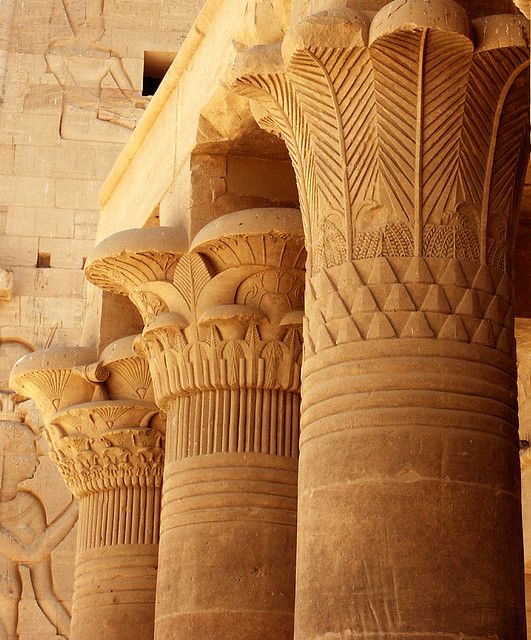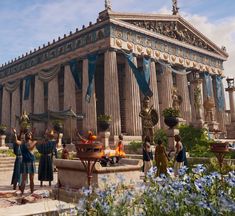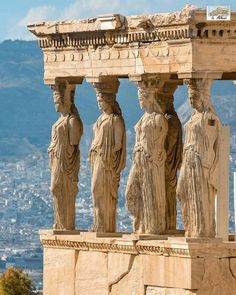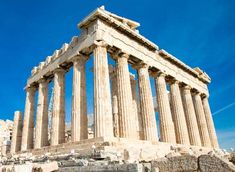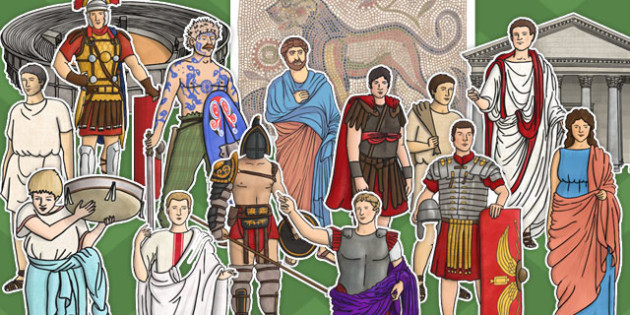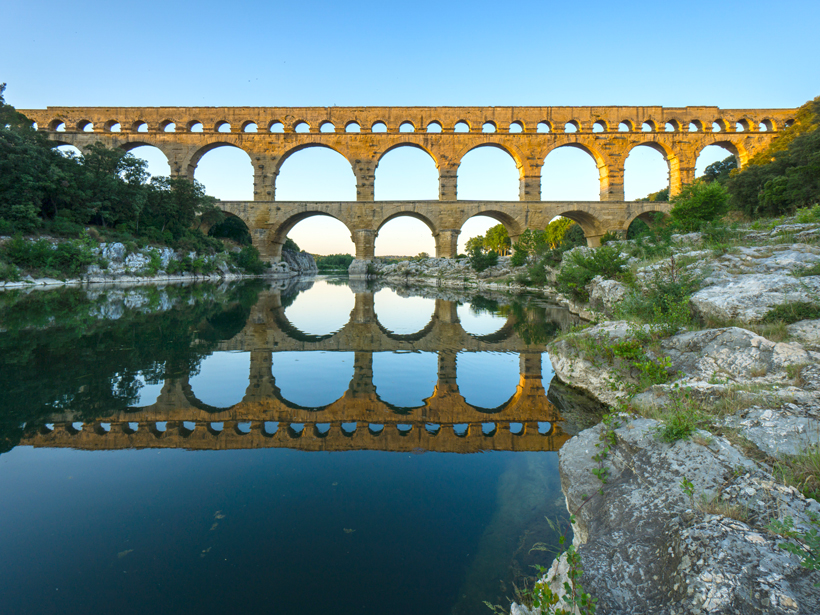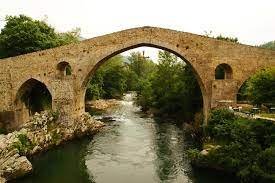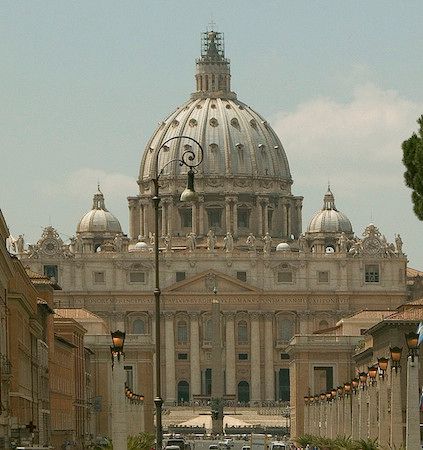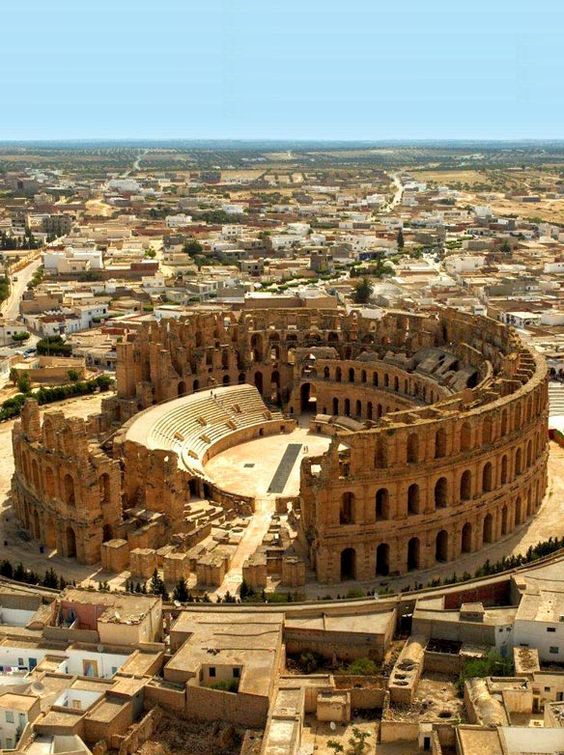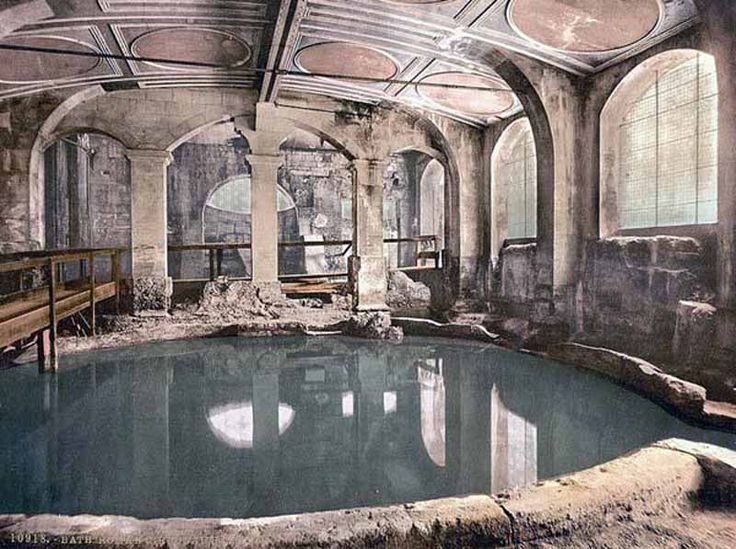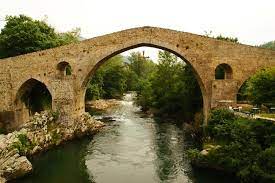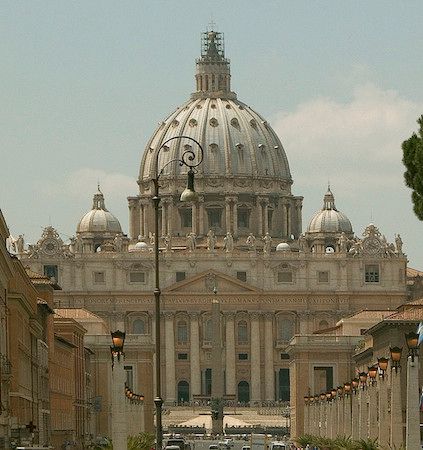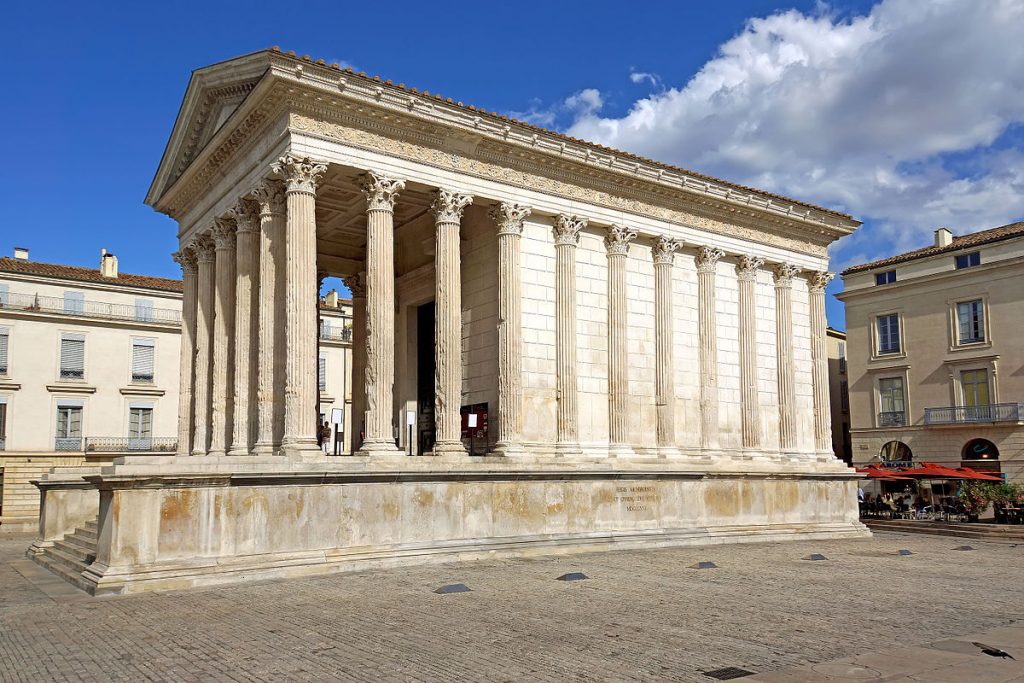THE ORIGINS:
From 1.600.000 to 200.000 BC, appears the first architecture with Homo Erectus, he created houses or huts of oval shape made with branches surrounded with stones, next to them usually was made a fire.
From 100.000 to 40.000 BCE, Homo Neanderthalensis lived in caverns. The evolution is notable as he already thinks about community and unity.
Starting from 4000 BCE we can talk about a more developed human the Homo Sapiens, he created oval dwellings of domed shape covered with skins of animal and sometimes reinforced with bones of mammoths.
From 8000 to 4000 BCE, the agriculture gained terrain which lead to a more stable life, they went from nomads to sedentary people. That’s when the permanent housings first appread. These first time ofhouses were characterized by holes in the ceiling and no doors, there were no streets between each dwelling, the entire city was protected by walls. It’s the case of Catal Huyuk, Turkey ( 6500 BCE ).
PROTOHISTORY:
From 4000 to 3500 BCE, during this period wrting is developped and so is the architecture that started usind adobe and bricks. The most characteristic buildings are the Ziggurats
The ziggurat is a pyramidal stepped temple tower that is an architectural and religious structure characteristic of the major cities of Mesopotamia ( Iraq now ).The ziggurat was always built with a core of mud brick and an exterior covered with baked brick..
THE EGYPTIANS:
From 3500 BCE, the egyptian culture started raising mainly around the Nile River (north south axis) and the sun (east-west axis) forming two perpendicular axes. Their lifes were based on the agriculture (earth, sun, water). The most important buildings of the egyptian civilization were:
- Temples: Temple structures were built on foundations of stone slabs set into sand-filled trenches. Walls and other structures were built with large blocks of varying shape. The blocks were laid in courses, usually without mortar. The temples had an important role in egyptian culture as they represented god, continuity, and durability… .
- Pyramids: as a monumental structure constructed of or faced with stone or brick and having a rectangular base and four sloping triangular sides meeting at an apex.
THE GREEKS:
Between 1200 and 146 BCE. The greeks learned from egyptian architecture and sculpture and btrought changes to it. The greek architecture evolves aroud equilibrium betwen horizontal elements and vertical ones ( columns and beams ). They care da lot about details to reach perfection and excellence. The most notable building of this period were the following ones:
- The polis: is a grid-based city where the buildings were organized based on their functions, the agora the center meetig space where problems where discussed…
- The temples: certainly the most important building dediated to god that was placed in stepped platform called stylobate, its most important feature is the columns that were previously studid to achieve harmony.
- Theaters and stadiums: most important open-air buildings. these were dedicated to culture and education. Usually placed on hills they had a great capacity and excellent acoustics.
- The houses: the greek houses were of simple architecture with a central courtyard surrounded by rooms.
THE ROMANS:
The romans were mainly located in the Mediterranean bassin and Europe. Their architecture is universal and embodying. They were the first ones that discovered concrete using vaults, arches, and domes… . They gave importanceto interior spaces, light and shadows. they followed STABILITY, FUNCTIONALITY, and MAGNIFICENCE. The principal components of their architecture were:
- RELIGIOUS BUILDINGS: Roman used greek architectural bases, the temples were elevated in a podium with stairs in the axis of the only door of the cella. These temples were inspired from Etruscan vilages ( use of domes… )
- CIVIL WORKS: such as:
- sewage networks (vauled galeries)
- aqueducts (water supplies to the city)
- roads and bridges
- walls as protection.
- PUBLIC BILDINGS: building of public use
- PUBLIC BATHS: these played an important social role as they were the meeting point of the citizens (exercise the body, library, school, comercial relations, exhibition of sculptures…). They’re composed of apolyterium, tepidarium, caldarium, frigidarium, natatio … .
- THEATRE: same as the greek theatre but is of greater proportions. It is composed of three levels (social status). The theater is a radial system of inclined concrete vaults raised on stone pillars.
- AMPHITHEATRE: An elliptical scene dedicated to fights; it’s one of the roman’s innovations and is a masterpiece of logistics.
- BASILICA: court of justice used for legal proceedings, usually built next to the forum. It is of rectangular shape with a central nave and aisles with stages.
- CIRCUS: destined to races and gladitorial combats able to welcome more than 385.000 persons.
- PRIVATE BUILDINGS
- HOUSES: composed of :
- impluvium: courtyard
- tabernae: entrance
- cubicula: rooms
- peristylium: garden
- culina: kitchen
- triclinium: dinning room
- INSULAS: Building associated to the plebeians, the ground was usually used for shops. The materials used were of low quality.
- HOUSES: composed of :
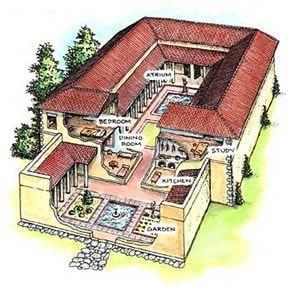
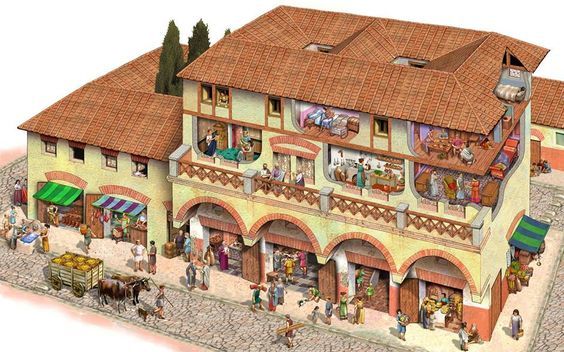
- CITIES STRUCTURE: structured with a orthogonal planning derived from camps, later on will appear more structured cities. In the center was the forum, located in the middle of the two main streets: Cardus (North-South) and Pocumanus (East-West).
THE MIDDLE AGES:
From 400 AD.The term was first used by 15th-century scholars to designate the period between their own time and the fall of the Western Roman Empire.
Within the medieval time period, humanity went through at least three distinct architectural styles: Pre-Romanesque, Romanesque, and Gothic. The first two play off Roman architecture because that’s what people saw around them and understood, but it was a romanticized version.
BIBLIOGRAPHY:
https://www.britannica.com/technology/ziggurat
https://en.wikipedia.org/wiki/Egyptian_temple#:~:text=Temple%20structures%20were%20built%20on,in%20courses%2C%20usually%20without%20mortar.
https://www.britannica.com/technology/pyramid-architecture
https://www.britannica.com/topic/history-of-Europe/The-Middle-Ages
https://www.msbarchitects.com/blog/history-architecture-medieval-period#:~:text=Within%20the%20medieval%20time%20period,it%20was%20a%20romanticized%20version.
https://www.worldhistory.org/article/1601/legacy-of-the-ancient-romans/
https://en.wikipedia.org/wiki/Islamic_architecture#:~:text=Islamic%20architecture%20comprises%20the%20architectural,Islam%20to%20the%20present%20day.&text=New%20architectural%20elements%20like%20minarets,and%20multifoil%20arches%20were%20invented.


